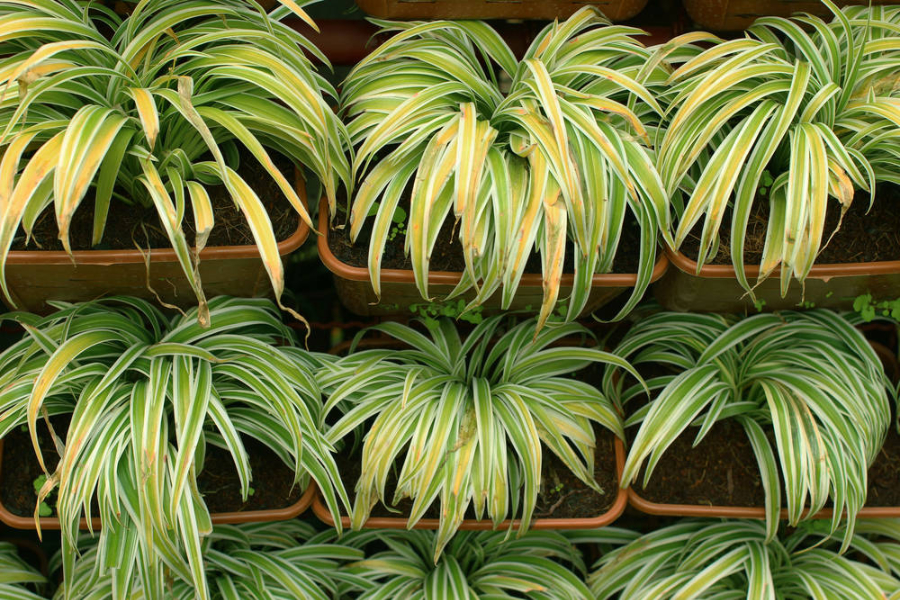Traditionally, most spying and intelligence gathering has been done by highly trained human operatives. But the US military has a plan to enlist a smart network of plants to help it stay one step ahead of its enemies.
传统的间谍和情报收集工作都是由受过专业训练的操作员来完成的。然而美国军方却计划招集整编一群聪明的植物,让自己先敌一步。
These flora won't be sneaking into secret labs or engaging in close combat, but will be used to monitor the environment for chemical attacks or even electromagnetic pulses, says the Defense Advanced Research Projects Agency (DARPA).
据美国国防高级研究计划局发言人称,这些植物不会潜入秘密实验室或者与敌人近身搏斗,而是被用于检测使用化学武器的环境甚至电磁脉冲。
The program is called Advanced Plant Technologies or APT, and while it's only just being launched, eventually DARPA is hoping to create a self-sustaining network of plants that can be monitored remotely for any signs of environmental shift.
这个项目被称为高级植物技术,或简称APT。虽然这个项目刚刚起步,美国国防高级研究计划局却计划最终建立一个可持续的植物生态网,通过远程监控了解任何环境变化的迹象。
"Plants are highly attuned to their environments and naturally manifest physiological responses to basic stimuli such as light and temperature, but also in some cases to touch, chemicals, pests, and pathogens," says DARPA's Blake Bextine.“
植物对其生长的环境具有高度的适应性,会对光线和温度等一般刺激产生自然的生理反射,在某些情况下,对异物触碰,化学物质,寄生虫,致病菌等也会产生生理反射。”
"Emerging molecular and modelling techniques may make it possible to reprogram these detection and reporting capabilities for a wide range of stimuli , which would not only open up new intelligence streams, but also reduce the personnel risks and costs associated with traditional sensors."
“日益发展的分子技术和模块技术或许能重新改造植物的这种勘察和报告功能,使之能适用于更广范围的刺激类型,这不仅能开拓新的情报工作,还能减少传统的间谍行动带来的人员风险和人力损失。”
In other words, plant spies could help to keep human spies out of danger, and at the same time wouldn't cost as much or require the same level of maintenance as standard hardware sensors.
换句话说,植物间谍可以帮助人们让人类间谍免于身处险境,同时又不会花费或要求和标准的硬件传感器一样的维护成本。
To do this, DARPA is planning to alter plant genomes or genetic material so that certain environmental triggers result in certain biological responses, that can then be picked up on satellite or using other types of remote monitoring tech.
为了达到研究目的,美国国防高级研究计划局打算改变植物的基因组或称基因物质,如此一来特定的环境刺激就会激发植物身上的特定生物反射,生物反射信息进而被卫星或其他远程控制设备接收。
DARPA says its existing ground, air, and space tech is capable of watching for changes in plant temperature, composition, and light reflections from a distance, some of the responses that could be used as warnings.
该局称自己现有的土壤、空气和空间技术可以在一定的距离之外观测植物温度、组织结构和光反射的变化,这些植物反应中有一些可以用作警告的信号。

So far that's as much detail as DARPA has offered, but it says the plants could eventually recognise pathogens in the air or even be used by communities to detect landmines. It's now inviting researchers to propose potential modifications for these plant operatives.
该局目前提供的技术信息就只有这些,不过他们还称,植物将最终可以识别空气中的病原体,还能帮助军事组织检测地雷。现在他们正向研究者们发出邀请,邀请他们对可能实施在植物间谍身上的基因概念做出建议。
To be successful, the genetic alterations mustn't damage the plants' capacity to thrive and deal with microbes, insects, and other plants, DARPA says, adding that previous efforts in this area have ended up sucking out resources the foliage needs to actually live.
该局称,为了达到实验目标,对植物做出的基因改良不能破坏植物原有的发育机能以及对抗微生物,害虫和其他植物的机能。他们还补充说,过去这一领域的研究最终都掠夺了植物实际生存所需要的资源。
Contained lab and greenhouse tests will be run before we see any plant spies out in the field, with oversight from regulators and biosafety groups.
不久我们就会看到地里长出的植物间谍,它们受到来自生物安全区的远程监控。但在那之前还需要进行控制实验条件的实验室测试和温室测试。












